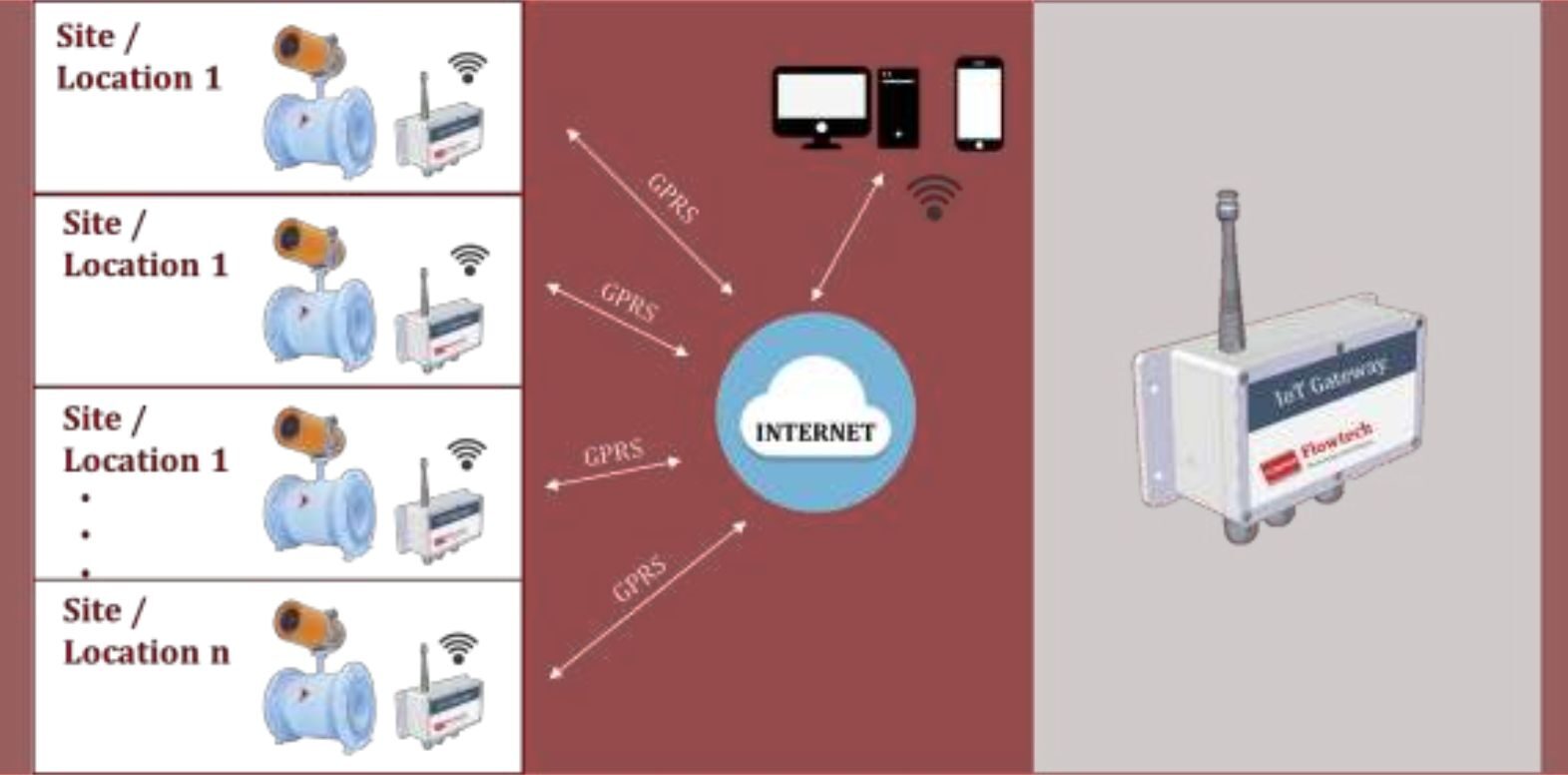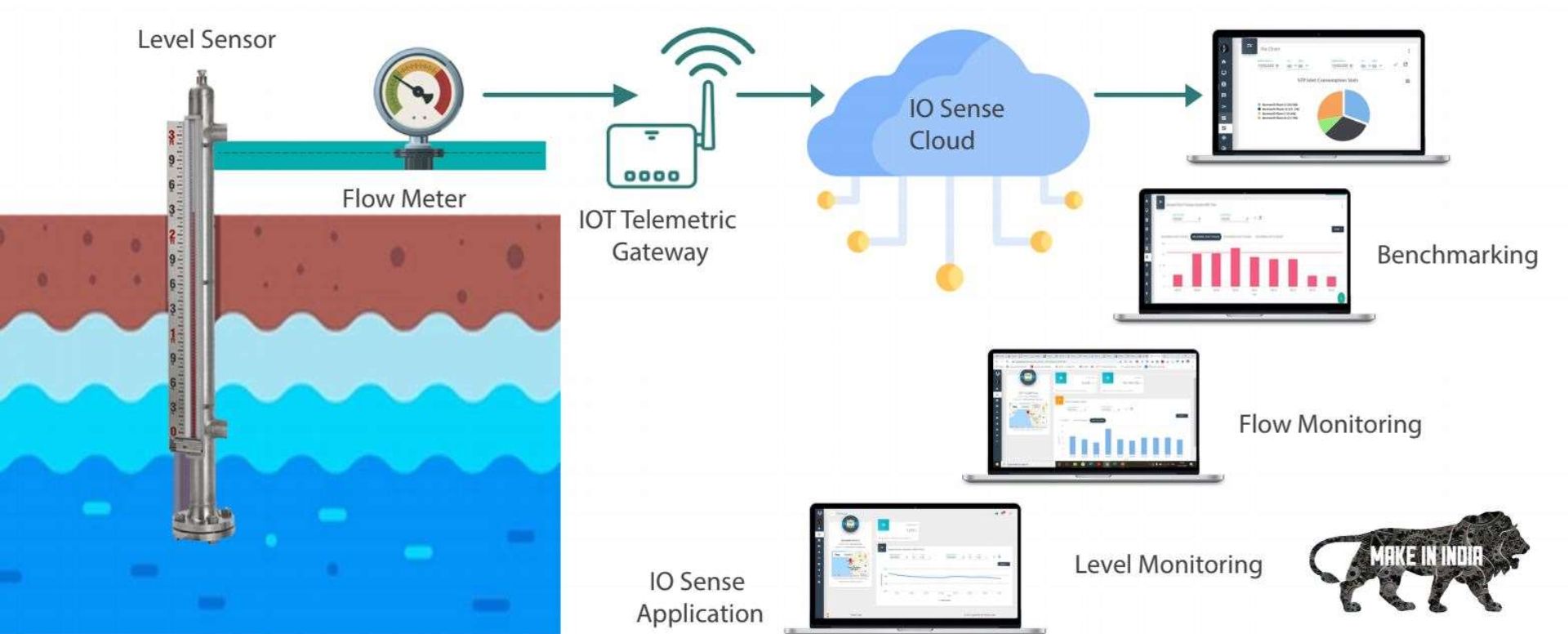Introduction
Selecting the right flow meter can be challenging when multiple technologies are available. Two of the most widely used options in industries today are Magnetic Flow Meters (Magmeters) and Ultrasonic Flow Meters. Both offer reliable and accurate measurement of liquids, but they differ in working principles, installation requirements, accuracy levels, and applications.
In this blog, we’ll compare Magnetic vs. Ultrasonic Flow Meters, their pros and cons, and help you decide which one is best suited for your application.
How Magnetic Flow Meters Work
Magnetic flow meters operate on Faraday’s Law of Electromagnetic Induction.
- When a conductive liquid flows through a magnetic field, it generates a voltage proportional to the flow velocity.
- Electrodes inside the flow tube pick up this voltage and convert it into a flow rate reading.
Key Requirement: The fluid must be electrically conductive (e.g., water, wastewater, slurries, acids, etc.).
How Ultrasonic Flow Meters Work
Ultrasonic flow meters measure flow by using sound waves. Two types are commonly used:
- Transit-Time Ultrasonic Meters – measure the difference in travel time of ultrasonic pulses moving with and against the flow.
- Doppler Ultrasonic Meters – measure the frequency shift when sound waves reflect off particles or bubbles in the liquid.
Key Advantage: Can measure both conductive and non-conductive liquids.
Comparison: Magnetic Flow Meters vs. Ultrasonic Flow Meters
| Factor | Magnetic Flow Meters | Ultrasonic Flow Meters |
|---|---|---|
| Working Principle | Uses electromagnetic induction; needs conductive liquid. | Uses ultrasonic sound waves (transit-time or Doppler). |
| Fluid Type | Conductive liquids only (water, slurries, wastewater, acids, chemicals). | Works with conductive & non-conductive liquids (oil, pure water, chemicals, beverages). |
| Accuracy | High accuracy (±0.5% of reading). | Moderate to high accuracy (±1–2% depending on conditions). |
| Pipe Insertion | Inline installation – requires cutting pipe and placing meter. | Clamp-on or inline; clamp-on allows non-intrusive measurement. |
| Maintenance | Minimal; electrodes need periodic cleaning. | Very low; no contact with fluid in clamp-on models. |
| Cost | Generally lower than ultrasonic. | Usually more expensive, especially clamp-on versions. |
| Applications | Water treatment, wastewater, pulp & paper, food, chemicals, mining. | Oil & gas, energy, HVAC, clean water, pharmaceuticals, beverage, non-conductive fluids. |
| Limitations | Cannot measure non-conductive fluids (e.g., oil, pure hydrocarbons). | Accuracy may reduce with bubbles, solids, or poor pipe conditions. |
Advantages of Magnetic Flow Meters
✔️ High accuracy for conductive fluids.
✔️ No moving parts → minimal wear and long life.
✔️ Handles slurries, wastewater, and dirty liquids effectively.
✔️ Reliable for industrial water and chemical applications.
✔️ Lower cost compared to ultrasonic.
Advantages of Ultrasonic Flow Meters
✔️ Works with all types of fluids – conductive or non-conductive.
✔️ Clamp-on models → non-intrusive, no pipe cutting needed.
✔️ Portable versions available for temporary measurements.
✔️ Excellent for hygienic industries (pharma, beverages) where no pipe contamination is allowed.
✔️ Suitable for very large pipe sizes.
Limitations to Consider
Magnetic Flow Meters:
- Cannot measure hydrocarbons, oils, or non-conductive fluids.
- Requires full pipe and stable flow for accurate results.
- Electrodes may require cleaning in dirty or scaling fluids.
Ultrasonic Flow Meters:
- Accuracy can be affected by air bubbles, suspended solids, or pipe scaling.
- More expensive upfront.
- Requires good installation and alignment for correct readings.
Industry Use Cases
🔹 Magnetic Flow Meters:
- Water & Wastewater Treatment Plants: Ideal for municipal water distribution and sewage monitoring.
- Chemical Industry: Measures aggressive acids, alkalis, and slurries.
- Food & Beverage: For conductive liquids like milk, juices, and sauces.
- Mining & Pulp & Paper: Handles abrasive slurries.
🔹 Ultrasonic Flow Meters:
- Oil & Gas: Measures crude oil, refined hydrocarbons, and LNG.
- Pharmaceuticals: Non-intrusive, hygienic measurement of purified water.
- HVAC & Energy: Used in chilled water, heating systems, and thermal energy monitoring.
- Food & Beverage: Measures non-conductive liquids such as oils and syrups.
Conclusion
Both Magnetic Flow Meters and Ultrasonic Flow Meters are excellent technologies, but their suitability depends on the fluid characteristics and application requirements.
- Magmeters are the go-to choice for water, wastewater, and chemical industries due to accuracy and affordability.
- Ultrasonic meters shine in oil & gas, pharma, energy, and hygienic processes, where versatility and non-intrusiveness matter more.
👉 At Flowtech Instruments, we offer a wide range of flow metering solutions tailored to your industry needs. Our experts can guide you in choosing the right technology for accuracy, efficiency, and compliance.
📩 Contact us to discuss your application and get the best recommendation.








